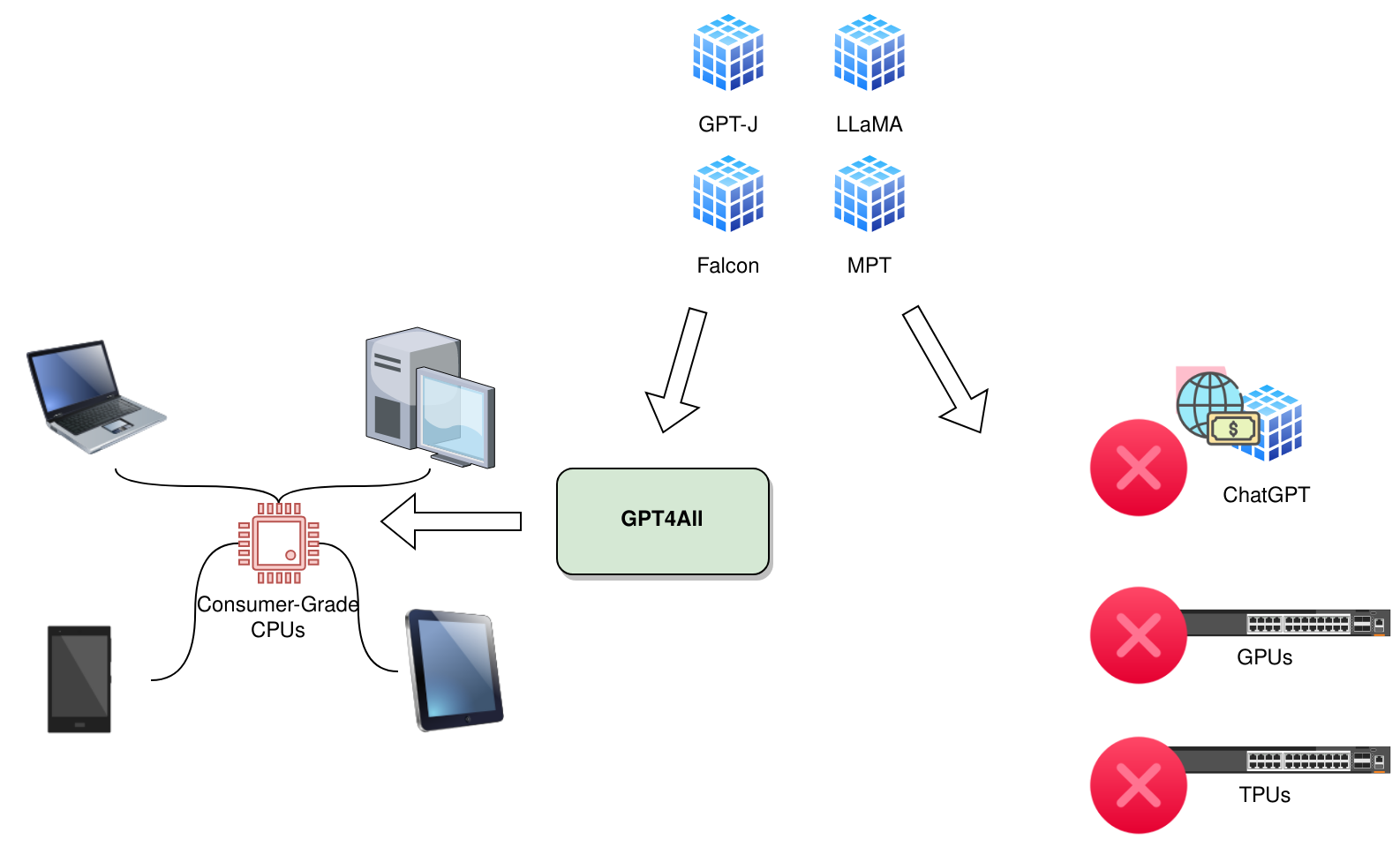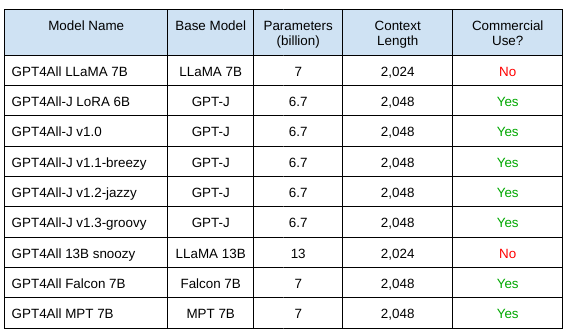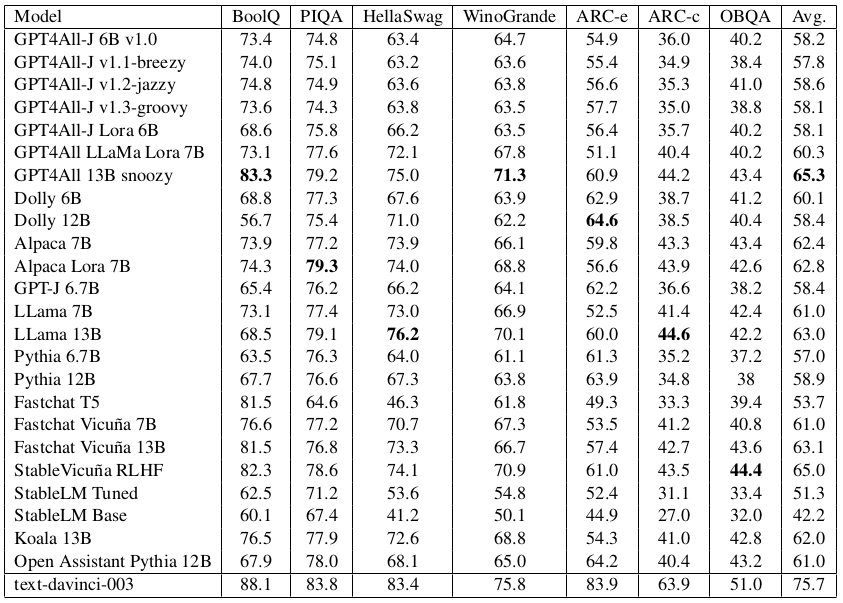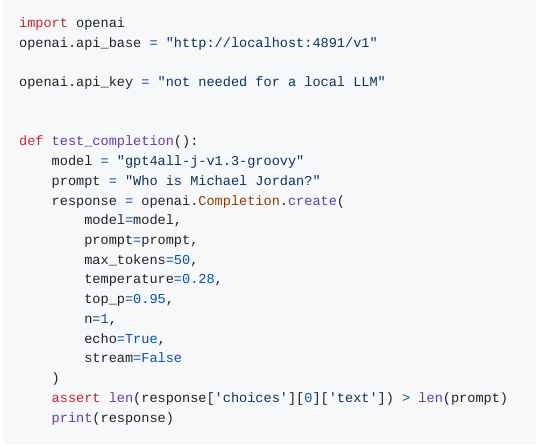The Exact Steps to Implement Custom Ai Shopify Chatbots for Customers
Use AI-powered chatbots and the power of large language models to help your e-commerce customers find the exact products they have in mind in your shop.

Assistants & GPTs like those offered by OpenAi, powered by artificial intelligence (AI) and large language models (LLMs), have greatly improved the productivity of employees and teams across many industries and roles, from engineering to creative professionals.
However, there are several concerns as well. Many companies don't like sending their business data to external chatbots due to security or compliance concerns. Others may not be happy with their subscription costs. Users may hesitate to ask personal questions regarding their health or life to a service controlled by an external company.
All these concerns are alleviated if anyone can use powerful AI chatbots on their own laptops or mobile devices without sending any data over the network and without using expensive graphics processing units (GPUs) or cloud servers.
In this article, we explore a project called GPT4All that's bringing this vision to reality.
GPT4All is a framework focused on enabling powerful LLMs to run locally on consumer-grade CPUs in laptops, tablets, smartphones, or single-board computers. These LLMs can do everything ChatGPT and GPT Assistants can, including:
GPT4All provides an ecosystem of building blocks to help you train and deploy customized, locally running, LLM-powered chatbots. These building blocks include:
GPT4All is backed by Nomic.ai's team of Yuvanesh Anand, Zach Nussbaum, Brandon Duderstadt, Benjamin Schmidt, Adam Treat, and Andriy Mulyar. They have explained the GPT4All ecosystem and its evolution in three technical reports:
In the following sections, we delve into GPT4All, starting with the most important question: Why?
LLM-powered AI assistants like GPT4All that can run locally on consumer-grade hardware and CPUs offer several benefits:
Let's see how the above benefits of GPT4All can potentially play out in various industries.
Healthcare professionals may need 24/7 access to different types of knowledge:
Embedding such knowledge in a capable but lightweight LLM that runs on consumer-grade smartphones and tablets greatly improves its accessibility.
In remote environments or disaster zones where online access may not be practical, this kind of access could be life-saving. It could also be useful when healthcare providers are short on the time and attention needed to dig through dense academic writing.
A lightweight LLM like GPT4All that can run on consumer-grade laptops, tablets, and smartphones can potentially improve the productivity of corporate lawyers, legal researchers, risk and compliance professionals, and interns by enabling them to ask questions about complex legal documents. A GPT4All chatbot could provide answers based on these documents and help professionals better understand their content and implications.
Plus, they can do so without having to upload confidential legal documents to managed LLM services and risking their data security.
In industries like offshore oil and gas, merchant shipping, and mining, engineers may need access to industry knowledge from handbooks, training tutorials, checklists, or standard operating procedures without online connectivity. Local lightweight models like GPT4All can help them as well.
Let's delve deeper into the mechanics of GPT4All by starting with its models.
The GPT4All models take popular, pre-trained, open-source LLMs and fine-tune them for multi-turn conversations. This is followed by 4-bit quantization of the models so that they can load and run on commodity hardware without large memory or processing requirements. None of these models require GPUs, and most can run in the 4-8 GB of memory common in low-end computers and smartphones.
The table below lists some of the available GPT4All models:

As of November 2023, GPT4All can fine-tune these transformer-based, pre-trained, base models:
Nomic has already prepared GPT4All models from these base models and released them for public use.
All the GPT4All models were fine-tuned by applying low-rank adaptation (LoRA) techniques to pre-trained checkpoints of base models like LLaMA, GPT-J, MPT, and Falcon. LoRA is a parameter-efficient fine-tuning technique that consumes less memory and processing even when training large billion-parameter models.
The key trick that GPT4All employs to run on consumer hardware is the quantization of model weights. What does quantization do exactly?
A regular transformer model consists of many neural layers like multi-head attention blocks, attention masks, multi-layer perceptron (MLP) layers, and batch normalization layers.
Each layer consists of a set of real numbers that are learned during training. Together, these real numbers from all layers number in the billions and constitute the model's parameters. Each parameter occupies 2-4 bytes of memory and storage and requires GPUs for fast processing.
However, if you compress parameter values down to 4-bit integers, these models can easily fit in consumer-grade memory and run on less powerful CPUs using simple integer arithmetic. Accuracy and precision are reduced, but it's generally not a problem for language tasks. Quantization is just the process of converting the real number parameters of a model to 4-bit integers.
There are GPT4All models that are already available for download in different formats depending on your use case:
How do GPT4All models compare against other popular open-source LLMs, like Stanford Alpaca or Vicuna, on LLM benchmark tests? Nomic.ai's third technical report contains accuracy metrics on various common-sense reasoning benchmarks, as shown below:

We can see that:
Since benchmarks don't offer a full picture, we test some of the GPT4All models qualitatively on various natural language processing (NLP) tasks in a later section.
The training data to fine-tune the GPT4All models for multi-turn conversations consists of:
This data doesn't contain any manually authored ground truth responses at all. Instead, all the responses are generated using ChatGPT and treated as ground truths. That's why GPT4All is essentially knowledge distillation, with ChatGPT as the teacher model. The base model being fine-tuned — one of LLaMA, GPT-J, MPT, or Falcon — is the student model that learns to mimic ChatGPT's responses.
The first set of prompts were from:
Later, these datasets were added:
The Nomic.ai team used Nomic Atlas for data visualization, curation, and cleaning. The cleaned versions are listed below:
All these versions are available under the Apache 2.0 license for any commercial or personal use. However, you should be aware of some caveats:
In this section, we explain the GPT4All software components that you can use as building blocks in your web, mobile, desktop, or command-line applications.
The gpt4all-backend component is a C++ library that takes a ".gguf" model and runs model inference on CPUs. It's based on the llama.cpp project and its adaptation of the GGML tensor library. The GGML library provides all the capabilities required for neural network inference, like tensor mathematics, differentiation, machine learning algorithms, optimizer algorithms, and quantization.
In addition, this backend specifically supports loading the supported base models and applying quantization to their model weights.
The gpt4all-bindings component provides adapters that enable the use of the GPT4All C++ backend from applications and libraries in other languages. The supported languages are:
The gpt4all-api component enables applications to request GPT4All model completions and embeddings via an HTTP application programming interface (API). In fact, the API semantics are fully compatible with OpenAI's API. That means you can use GPT4All models as drop-in replacements for GPT-4 or GPT-3.5.

The gpt4all-training component provides code, configurations, and scripts to fine-tune custom GPT4All models. It uses frameworks like DeepSpeed and PEFT to scale and optimize the training.
You can deploy GPT4All in various configurations depending on your use case. These are explained below.
The gpt4all-chat component is a QT-based C++ desktop application with a graphical user interface shown below:

Through this application, laypeople can use any GPT4All chatbot model on their desktop computers or laptops running Windows, macOS, or Linux.
You can deploy GPT4All as a command-line interface (CLI) tool for power users. The CLI component provides an example implementation using the GPT4All Python bindings.
You can deploy GPT4All in a web server associated with any of the supported language bindings. The API component provides OpenAI-compatible HTTP API for any web, desktop, or mobile client application.
This option is suitable for deployment in a corporate intranet where you may want all employees to use a shared GPT4All model but also restrict data transfers to the intranet.
If your application uses LangChain, you can easily use a GPT4All model because LangChain has built-in support for GPT4All models.
We tried GPT4All on a medical report summarization task and a legal clause identification task. For these tests, we tried three of its models:
We selected a medical report from the medical transcriptions dataset which is about 12,800 characters or 2,635 tokens. A part of the report is shown below:

However, every model was taking a considerable time — more than 15+ minutes — to summarize the full report on a 4-core, 32-GB RAM, server-grade machine. Since GPT4All is supposed to be for day-to-day use, that was unacceptable performance. So, we cropped the report down to about 5,000 characters to be able to judge the quality of the summaries in reasonable time. We gave the following instruction in the prompt: "Summarize this medical report with accuracy and covering all information."
GPT4All's Mistral Instruct model (7 billion parameters, 4 GB RAM) generated this summary:

It's a fairly good summary that followed our instructions to cover all aspects and stick to the facts in the report.
The GPT4All Snoozy model (13 billion parameters, 9 GB RAM) generated this summary:

This too is a fairly good summary though arguably not as good as the previous one.
The third model we tested, GPT4All Falcon-7b, basically failed. It produced just two sentences of summary with just basic details of the patient. The last sentence was incomplete, suggesting issues with alignment training.
We gave GPT4All a task in the field of law by asking it to identify legal clauses of a certain type in a legal agreement.
The agreement was from the contract understanding Atticus dataset (CUAD). A portion of it is shown below:

We initially supplied the full agreement of around 11,430 characters or around 2,500 tokens, and asked it to identify data and time related conditions. However, this took considerable time of 27+ minutes without any reply at all.
So we cropped it down to this 2,000-character snippet to keep the testing practical:

For the first prompt — "Identify date and time related conditions in this legal agreement snippet" — the Mistral Instruct model gave this answer within a minute:

You can see that it misunderstood the prompt and generated a factually incorrect answer.
So we changed the prompt to "Identify deadlines in that agreement." This gave the following response:

The first point in that response is an accurate answer. However, the second point isn't identifying a deadline but explaining what happens if they miss it. The last point is irrelevant to our request.
It also missed the deadline of two working days in the snippet.
Overall, the quality of GPT4All responses to such tasks are rather mediocre — not so bad that it's best to stay away but definitely calls for thorough prior testing for your user cases.
The GPT4All project has some known limitations as of now:

The GPT4All project aims to make its vision of running powerful LLMs on personal devices a reality. Mainstream LLMs tend to focus on improving their capabilities by scaling up their hardware footprint. In doing so, such AI models become increasingly inaccessible even to many business customers.
Projects like GPT4All fill that gap by shrinking down those powerful LLMs to run on off-the-shelf commodity devices. They improve not just accessibility but also productivity.
Contact us if you want to implement such innovative solutions for your business.